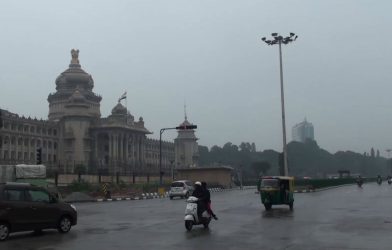Sri Lanka finds itself battling yet another wave of floods, a recurring challenge for the island nation. This time, heavy monsoon rains since mid-May have caused widespread devastation, leaving a trail of destruction and displacing thousands.
A Season of Unrelenting Rain
The monsoons, typically a welcome source of water, have turned relentless this year. Several districts, including Ratnapura, Kegalle, and Colombo, have been particularly hard-hit. The relentless downpour has caused rivers to overflow, inundating homes, businesses, and agricultural land.
The floods have had a devastating impact on lives and livelihoods. As of today, June 3rd, 2024, news reports indicate at least 10 people have lost their lives, with several others missing. Over 21,400 people have been forced to evacuate their homes and seek refuge in temporary shelters. The damage to infrastructure, including roads and bridges, has further hampered rescue and relief efforts.
The Plight of Farmers
The agricultural sector, a vital part of Sri Lanka’s economy, has suffered immensely. Thousands of acres of paddy fields have been submerged, destroying crops and threatening food security. Many farmers face the prospect of a lost season and the financial hardship that comes with it.
Despite the devastation, the Sri Lankan spirit of resilience shines through. The National Disaster Relief Services Centre (NDRSC) has been working tirelessly to evacuate stranded residents, provide emergency supplies, and coordinate rescue efforts. The Sri Lanka Army, Navy, and Air Force have also joined the fight, deploying personnel and resources to reach those in need.
As the floodwaters recede, the long road to recovery begins. Immediate assistance is needed to provide food, shelter, and medical care to those affected. Rebuilding damaged infrastructure and homes will take time and resources.
Looking beyond the immediate crisis, Sri Lanka needs to focus on long-term flood prevention strategies. Investing in early warning systems, strengthening riverbanks, and promoting sustainable land management practices will be crucial to mitigate the impact of future floods.


















